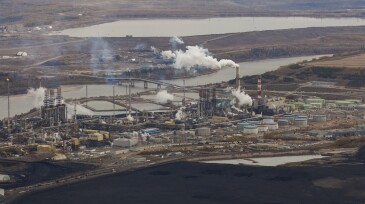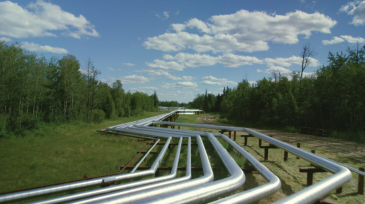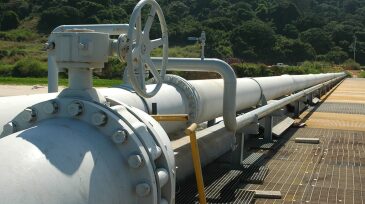oil sands
-
The UK supermajor is selling off its Sunrise oil sands stake for cash, interest in the undeveloped Bay du Nord complex off Newfoundland.
-
The Oil Sands Pathways to Net Zero initiative is an alliance between Canada’s five largest oil sands producers. The group has announced additional details of its plan to achieve the goal of net zero greenhouse-gas emissions from oil sands operations.
-
As with large-scale carbon-capture projects in Europe and in the US, the Canadian oil companies say they will need various forms of government support to help realize the goals of the Paris Agreement.
-
When oil demand vaporized, oil sands producers cut 300,000 B/D of production from wells using steam injection to produce bitumen. It is a huge test of something they have long been reluctant to do—turn down in-situ production when prices plunge.
-
For years Canadian heavy-oil production exceeded the volumes pipelines could handle.
-
Its reward for years of struggling to adapt to low prices and weak demand for its oil and gas has been an epic crash. Canadians selling change say it is time to consider possibilities that seemed inconceivable in the past.
-
The Alberta Energy Regulator has suspended a wide array of environmental monitoring requirements for oilsands companies over public health concerns raised by the COVID-19 pandemic.
-
So many unprecedented changes have occurred in the Canadian oil business that it is impossible to compare the current downturn to anything seen before.
-
TC Energy is planning to start mobilizing heavy construction equipment to worker campsites and pipeline storage sites in Montana, South Dakota, and Nebraska in February to start preconstruction work on the Keystone XL Pipeline.
-
Heavy production spiked in two Canadian wells heated by an electric cable, but it is hard to find customers there at a time when Canadian oil prices and customers remember cables in the past that died young.










